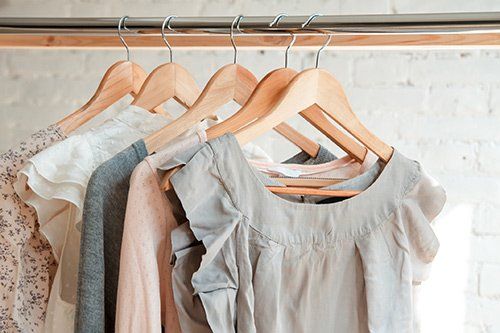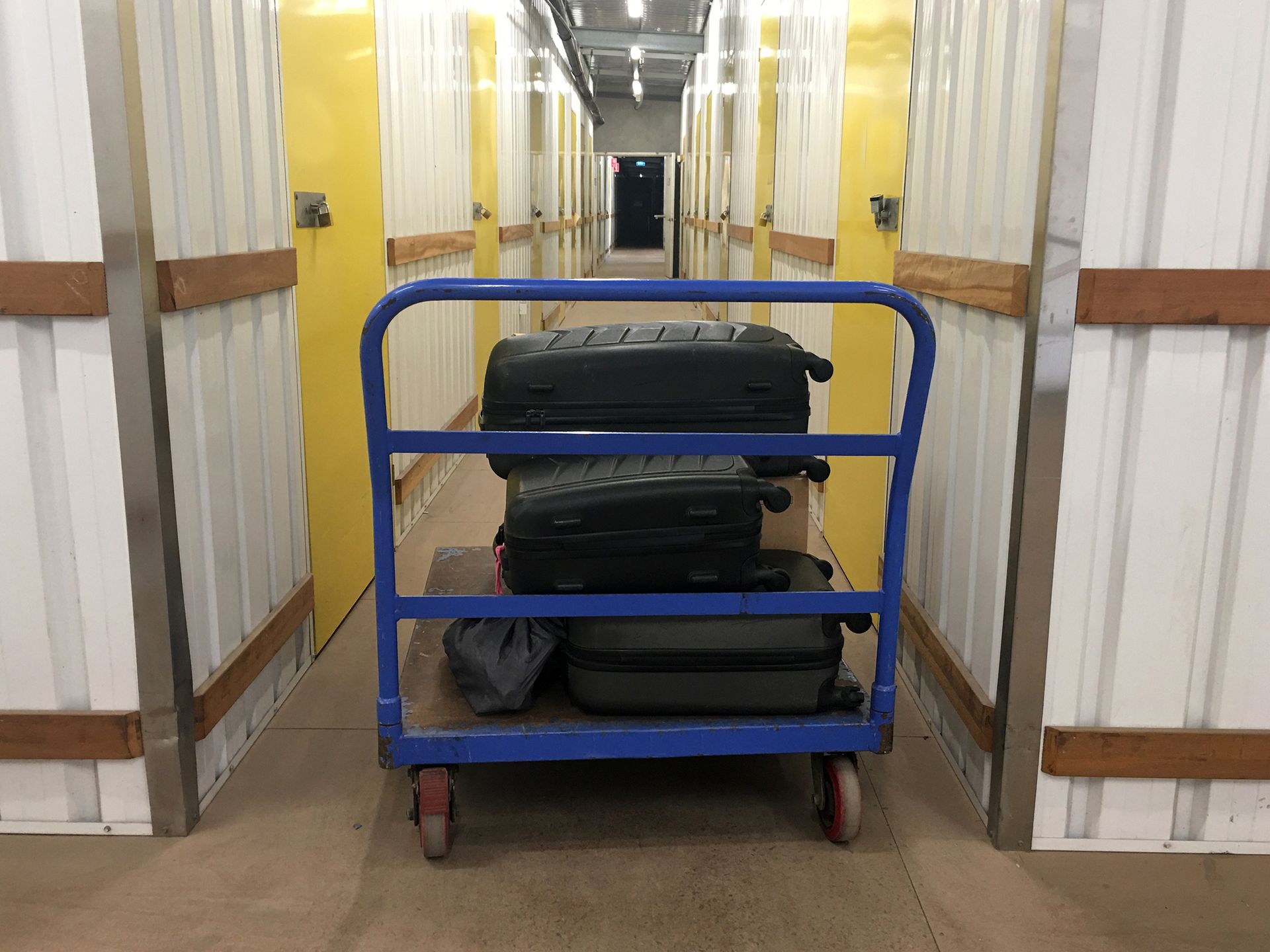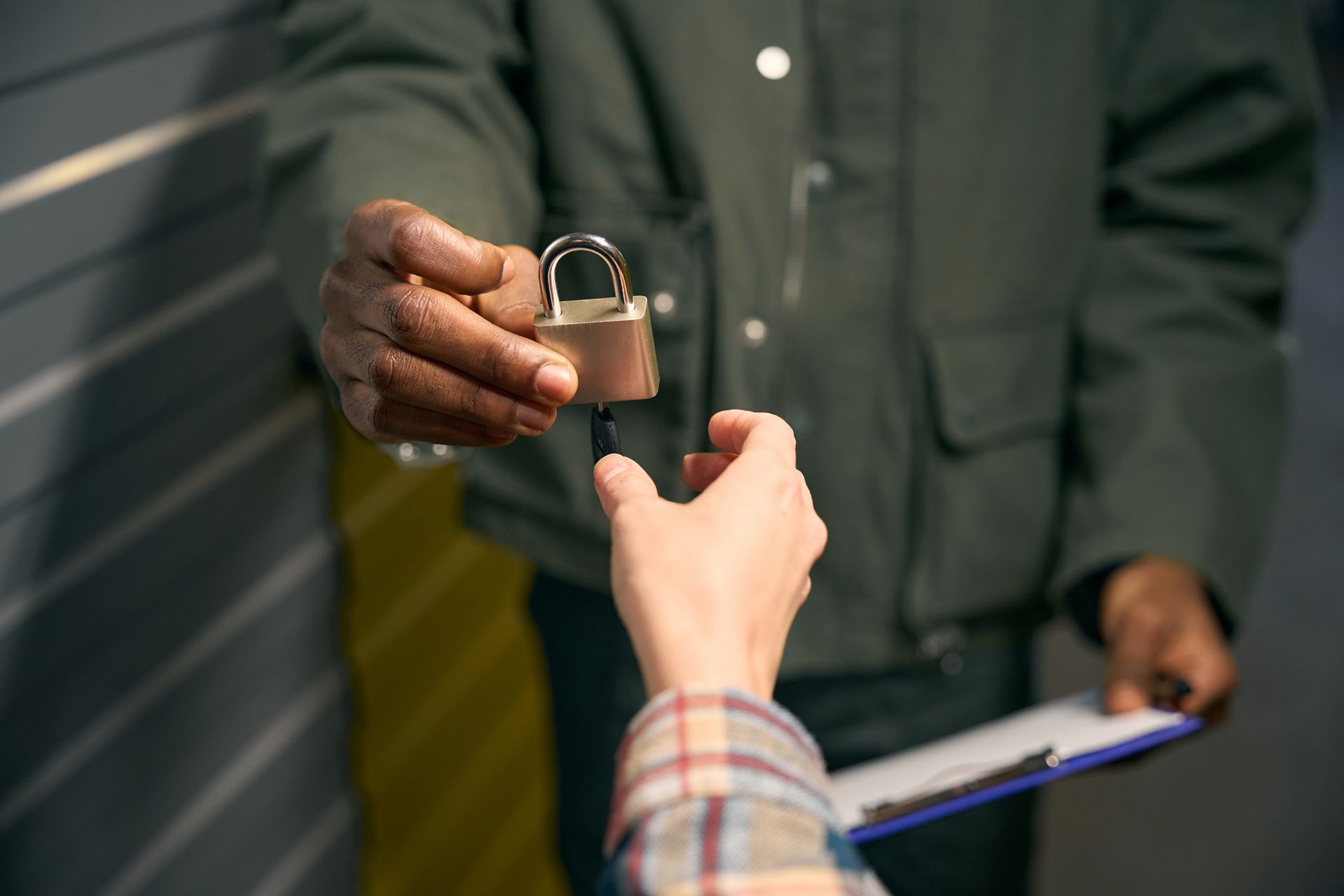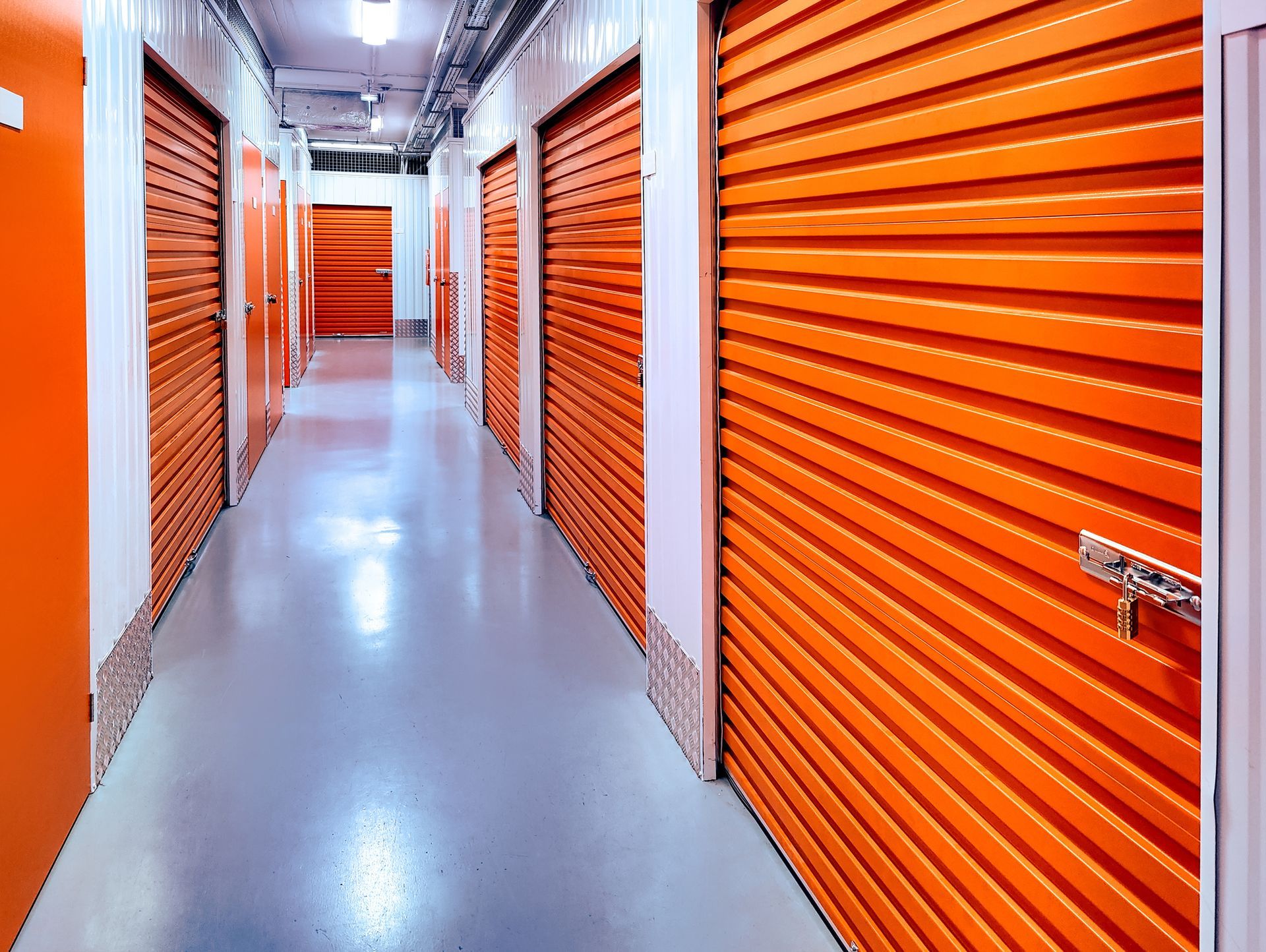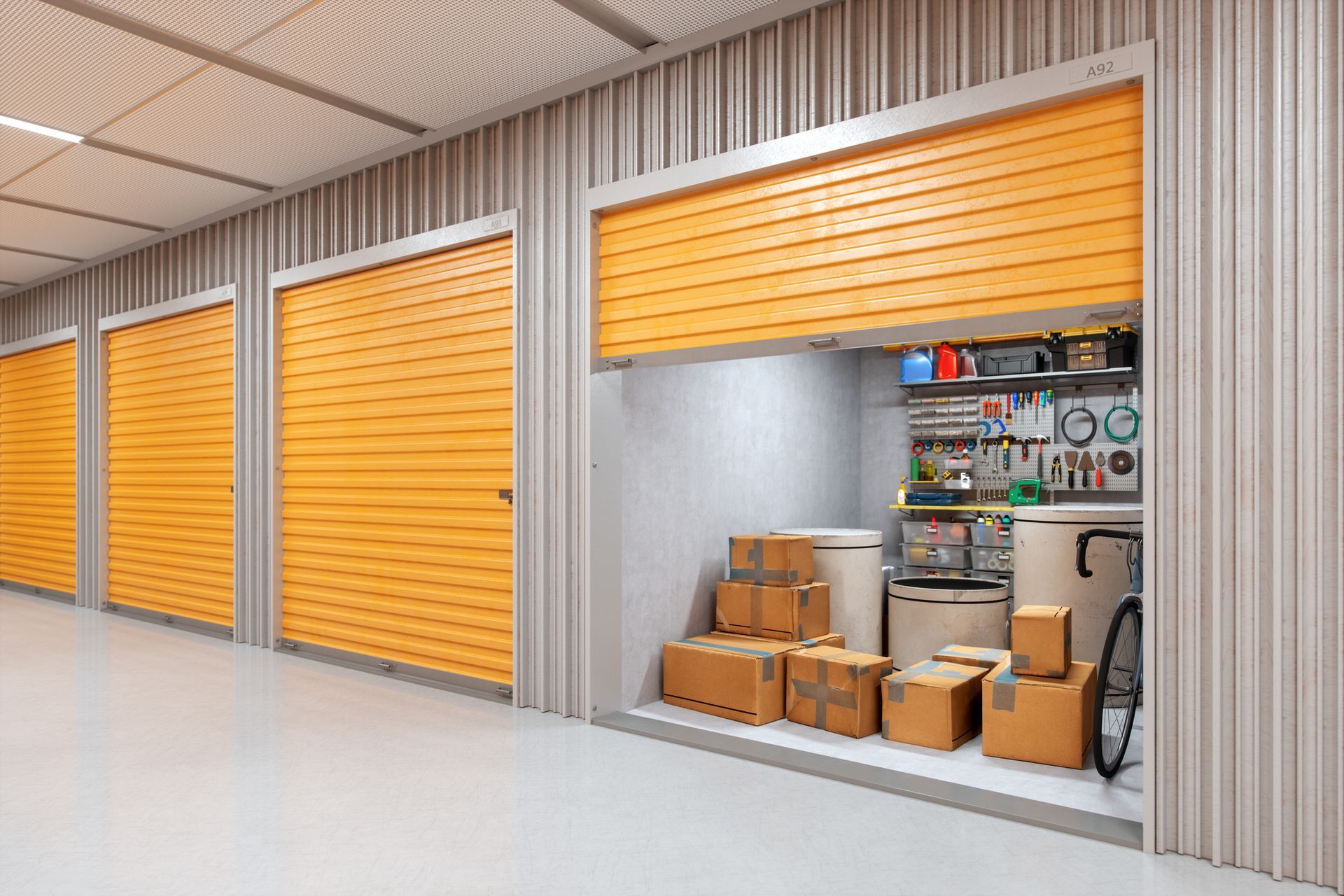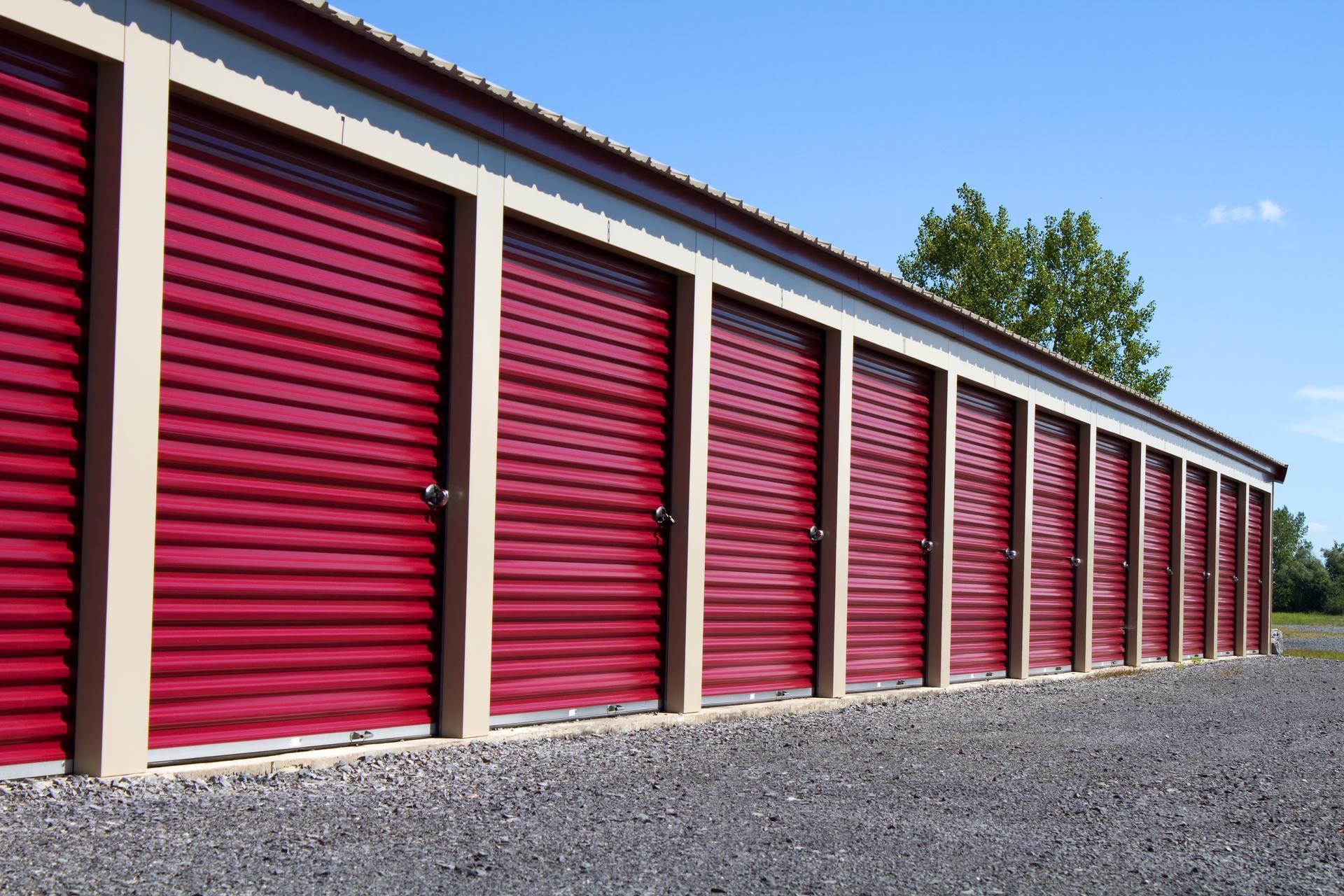SUTTERS FORT SELF STORAGE BLOG
USING SELF STORAGE? TIPS TO AVOID POTENTIAL MOISTURE DAMAGE
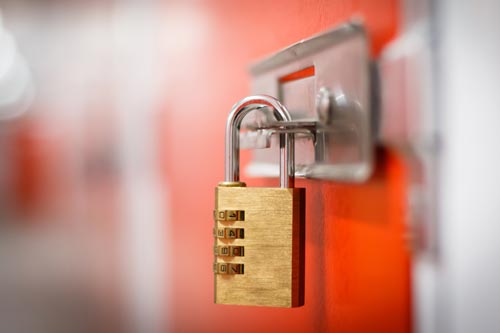
Are you planning to store your belongings in self-storage that is not climate controlled? If so, you'll want to take action to protect your items from moisture damage. Learn five steps you can take to protect everything inside the storage unit.
IMPROVE AIR CIRCULATION
A self-storage unit is not going to allow for much air circulation when the door is closed and locked. However, you can try some things to improve air circulation inside the storage unit and prevent moisture damage.
Try spacing out the items in your storage unit so air is able to move freely instead of being trapped. Instead of having items stacked on each other and restricting airflow, try using wire shelves so that air can circulate around items you are concerned about.
AVOID STORAGE BAGS
It can be very tempting to store your belongings inside plastic bags that are sealed, but these can cause harm to any item inside a bag. The bag will trap moisture inside since moisture cannot get in or out. When combined with the humidity in a storage unit that does not have climate controls, you could find mildew on items that are in sealed plastic bags.
Even if the storage bags are not sealed, those bags will trap air and prevent air circulation.
STORE FURNITURE UPRIGHT
If you have large furniture, like a couch or chair, you should store the furniture in its normal upright position. You may want to store a long couch on the side so that it takes up more room vertically than horizontally, but doing so can cause moisture damage. The same can be said of taking the legs off a table and storing the item on its side rather than upright.
Storing furniture upright prevents moisture damage because the furniture legs prevent the item from touching the storage unit floor. Air will still be able to circulate around the entire item instead of being trapped against the side that is directly touching the floor. Storing a couch sideways could reveal moisture damage on the fabric that was resting on the ground, and a sideways table may have damage along the wooden edge of the table that you see every day.
If you do not have the room to store furniture in their proper position, consider putting down a layer of plastic to create a moisture barrier between your items and the concrete floor. You can also use a wooden pallet to allow more air circulation and keep the item off the floor. While not as ideal of putting the furniture upright, it will get the job done.
USE DESICCATORS IN SEALED BOXES
Do you know those little packets that come with inside the boxes of new electronic devices with the warning not to eat? Those are called desiccators, and they work by absorbing moisture inside the box so that the items inside are not damaged. You can purchase these in bulk and use them in your sealed boxes to prevent moisture damage.
Some items will actually work better in sealed boxes with desiccators, such as clothing that can have air trapped within the fabric. Of course, electronic devices in closed boxes can benefit from using desiccators to protect the internal circuit boards from getting moisture on them.
CREATE A DEHUMIDIFIER WITH CHARCOAL
While a dehumidifier will be ideal in a storage unit to prevent moisture damage, you may not have access to an electrical outlet inside the unit. That is why you will want to make a dehumidifier that uses charcoal briquettes.
All you need to do is place some charcoal briquettes into a bucket so that they can absorb the moisture in the air. Be sure not to use briquettes that have been pre-soaked with lighter fluid, since they will cause a bad odor inside your storage unit.
With these tips in mind, you'll be prepared to rent your storage unit from Sutters Fort Self Storage, LLC. With units that start as small as 36 cubic feet, you'll be sure to find a storage unit that meets your needs.
